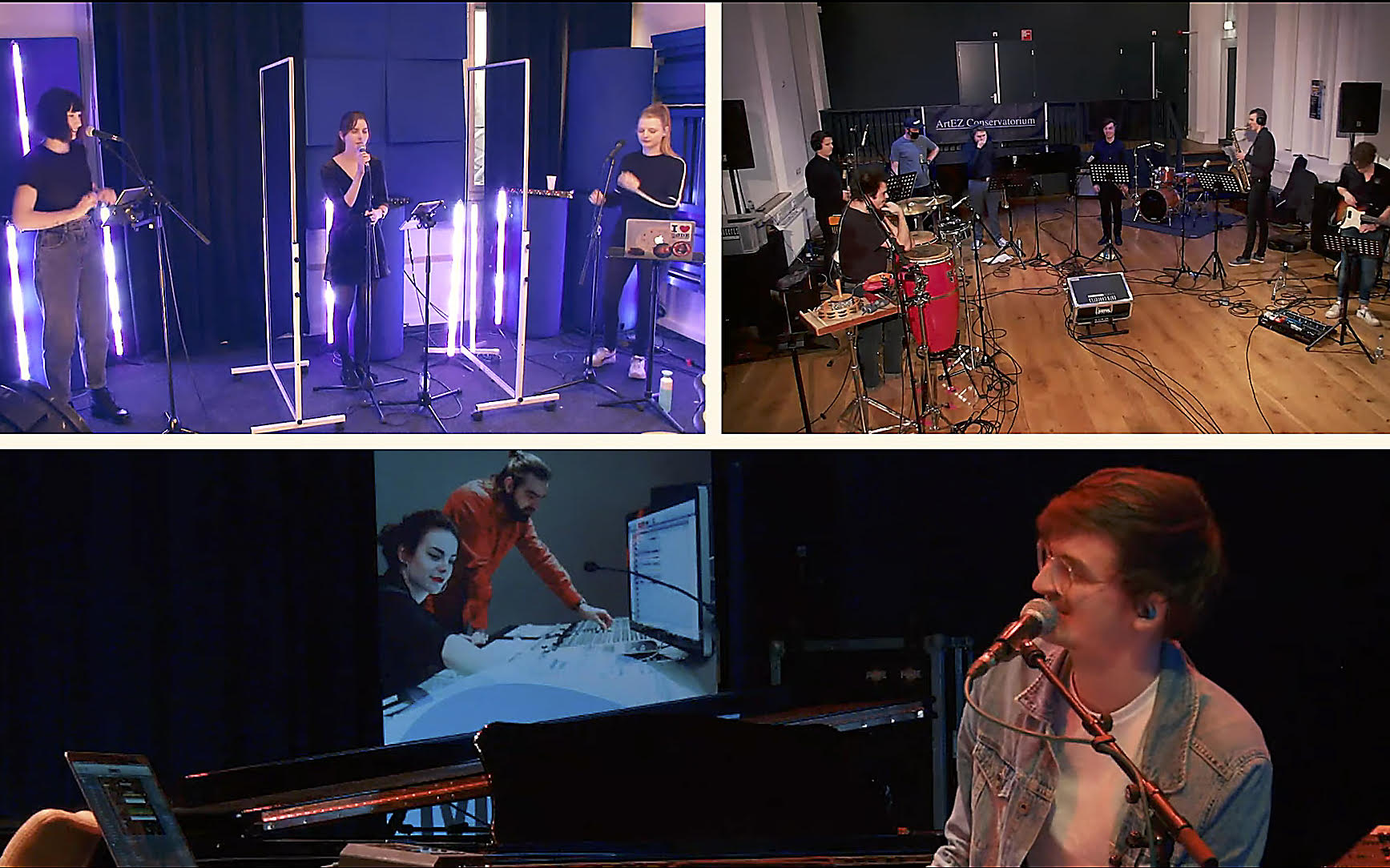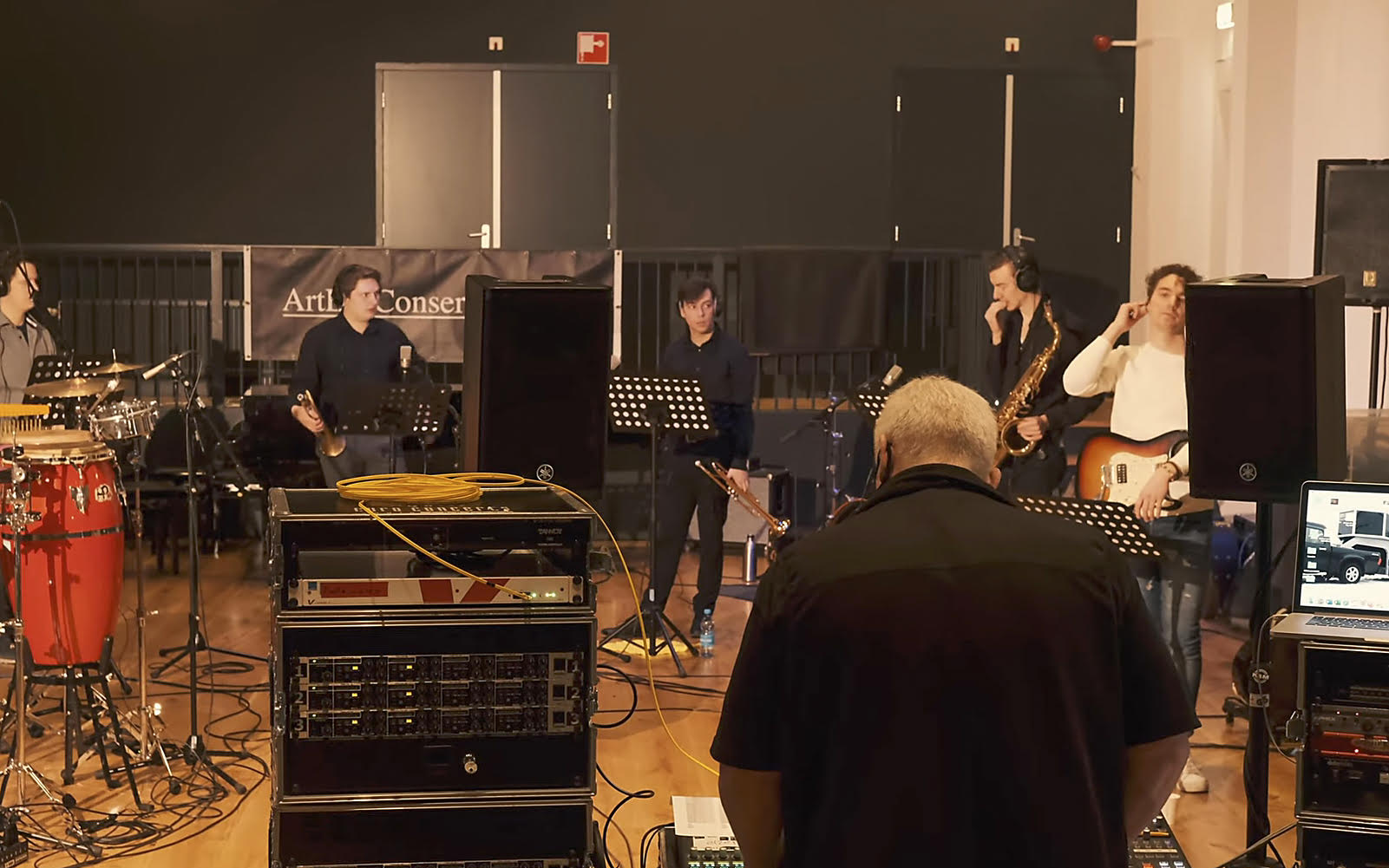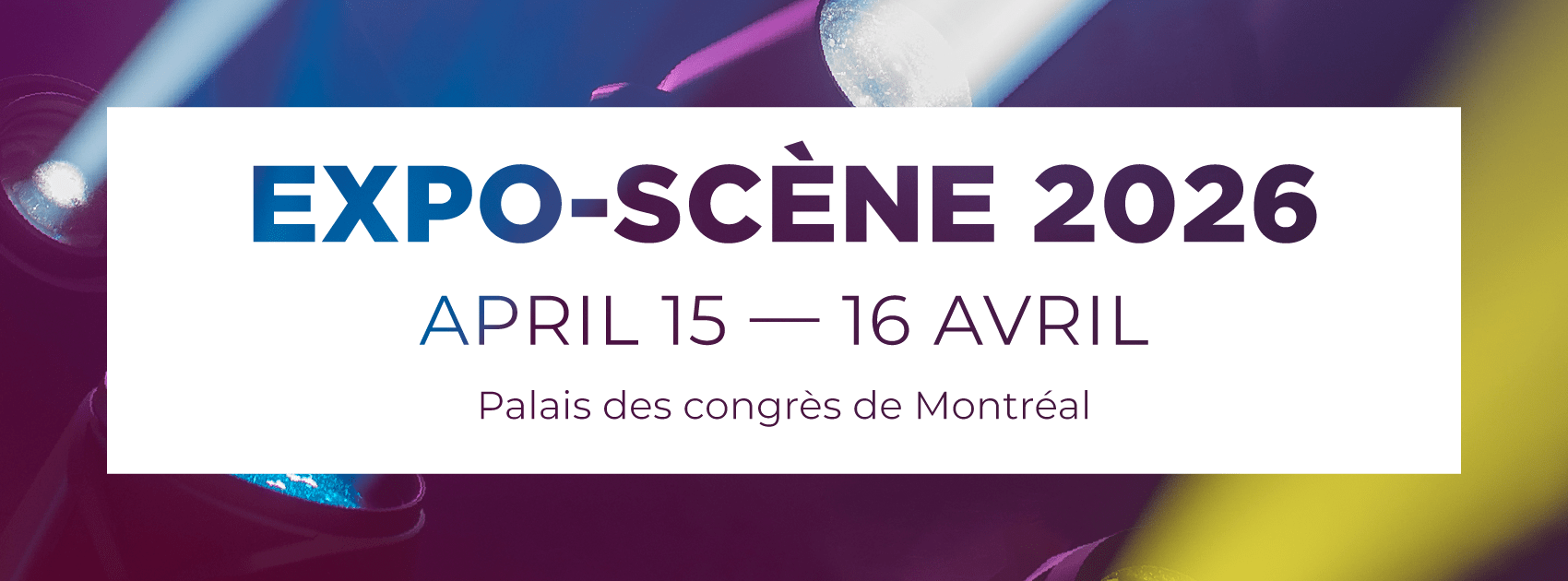By TONY STAIRES
Technological agility allows churches to keep serving their congregations when in-person meetings need to be avoided or when driving long hours tends to become a burden. The sheer size and geographical spread of some churches encourages operators to think outside the box to find ways of allowing all members to follow services from different on- or off-campus locations. Without sacrificing that powerful feeling of togetherness among attendees in different places.
Distributing video footage and audio signals to a variety of on-campus locations is rather easy and nothing new. Including other campuses that may be several hundred or thousand miles away, on the other hand, is slightly trickier but perfectly feasible. If no interactive elements, like a dialogue, sermon, or performance from another location are involved, signal delay is not really an issue. Just about any viable approach can potentially be used to get video and audio from A to B and beyond.

But what if a guest performs on stage in city A to an enthusiastic local audience, while the service itself takes place in city B, and some kind of interaction is desirable? Or how about inviting the congregations on all campuses to join in live and mixing the signals to allow everyone to have a unified experience? If the various locations can also see each other on large video screens, the virtual event created in this way starts feeling very real indeed.
Such an approach requires a system with negligible delay—or “latency” as it is called. And, of course, a fiber-optic wide-area network (WAN) to which all campuses are connected. Examples of how this can be achieved abound, not least because the pandemic forced houses of worship to find creative solutions to pursue their live services or performances.
Take the ArtEZ Academy of Music in the Netherlands, for example. During the pandemic, its professors and students developed an IP-based system that allows fellow musicians to accompany one student at a time for their graduation performance. The novel aspect about this approach was that the musicians were playing live from three different cities that were up to 40 miles apart.
A graduation performance obviously hinges on students showcasing their musical skills. Fusion music with oodles of syncopations, breaks and intricate time signatures has become the musical genre of choice for such performances. This only works if the band is really “tight,” which is impossible with noticeable time-lags.
In the Netherlands, the “remote band” was composed of the lead vocalist, the drummer, and the graduand on keys in city A, three backing vocalists and the bass player in city B as well as a horn section, a percussionist, and a guitarist in city C.
Each location streams video essences and RAVENNA/AES67-based audio signals to a control room in city C, called the “4th Location”, where the music is mixed and distributed to all three physical locations. Even the slightest time-lag would be detrimental to the flow of a graduation performance.

Luckily, the system chosen by ArtEZ is based on open IP standards like ST2110, RAVENNA/AES67 and Ember+, originally developed for the broadcast world, and so latency—though not totally absent—is no issue. One thing to bear in mind is anyway that any conversion (analog to digital, analog or digital to IP, etc.) always induces a slight amount of latency. If this amounts to less than 10 milliseconds, most people will not perceive it.
A similar setup was used at the Zurich Opera House in Switzerland during the 2020-21 season. Zurich Opera’s initiative involved two aspects: live-stream delivery of performances to audiences at home, coupled with a website-based VOD service, on the consumption side. And an even more daunting challenge: abiding by physical distancing regulations while staging full-blown opera performances with an orchestra, a choir, and soloists. Productions needed to remain visually appealing and have a live-like sound and feel, both for the performers and a dwindling audience while it was still allowed in; with 900 in the audience in September 2020, 100 in November and a mere 50 in December.
For this endeavor, Oleg Surgutschow and Michael Utz came up with a mix of a near latency-free conductor-camera strategy and even faster RAVENNA/AES67 audio data transmission—both over IP, plus an immersive 80-speaker system for the audience. Extremely low-latency operation was deemed crucial to avoid awkward hesitations.

In a matter of weeks, Oleg Surgutschow, the head of Zurich Opera’s audio and video department, and his second-in-command, Michael Utz, devised a new kind of normal for all rehearsals and performances throughout the 2020-21 season. After consulting with Fabio Luisi, Zurich Opera’s General Music Director at the time, and the management, they proposed a solution based on mobile equipment for maximum flexibility.
Like in the Netherlands, the setup relied on time-tested equipment, fiber-optic links between the two venues, and surprisingly affordable solutions given the endeavor’s complexity: low-latency PTZ cameras to capture the conductor and the orchestra—at the rehearsal venue—for the soloists in the hall, and the soloists on stage for the conductor and the orchestra; two IP units that streamed audio, video and intercom essences between the hall and the rehearsal venue over a leased dark-fiber line; monitor screens in front of the conductor’s desk as well as in the orchestra pit and above the stage; IP-native audio mixing consoles; an intercom system, with one station at either end; 10 speakers in the orchestra pit that “emulate” the orchestra, plus 70 additional speakers across the hall for an authentic performance sound, complete with immersive 3D panning.
Affordable, cutting-edge technology has allowed creative minds to develop a “fourth location”, i.e., a virtual dimension that instills the sense of bonding we all crave.
The distance separating the orchestra and choir at the rehearsal venue from the soloists on stage was 0.8 miles, which is nothing compared to the 40-plus miles in the Netherlands—or indeed the sometimes 150-plus miles in Belgium, where “remote” soccer stadiums are linked to a control room in Brussels for live coverage, using the exact same technology. And Belgium is dwarfed by the over 3,000 miles that need to be bridged in Australia for live remote sports coverage from two stationary production hubs. Video and audio latency is never an issue in these setups.
Affordable, cutting-edge technology has allowed creative minds to develop a “fourth location”, i.e., a virtual dimension that instills the sense of bonding we all crave. This way, a distributed approach allows us to spend invaluable time together from different places. Although supported by technological means, such events are still live and in the moment right when the magic happens. An IP-based setup is the closest thing to being there oneself.
Tony Staires currently works as Sales Director for the Audio and House-of-Worship sector at Lawo North America. Previously, he was Production Director at Granger Community Church in Indiana. Over the past 20 years, he has also worked in production and AVL integration, with several national broadcast organizations, and as FOH and monitor engineer for Grammy and Dove Award winning artists.
As seen in our December 2021 Issue






